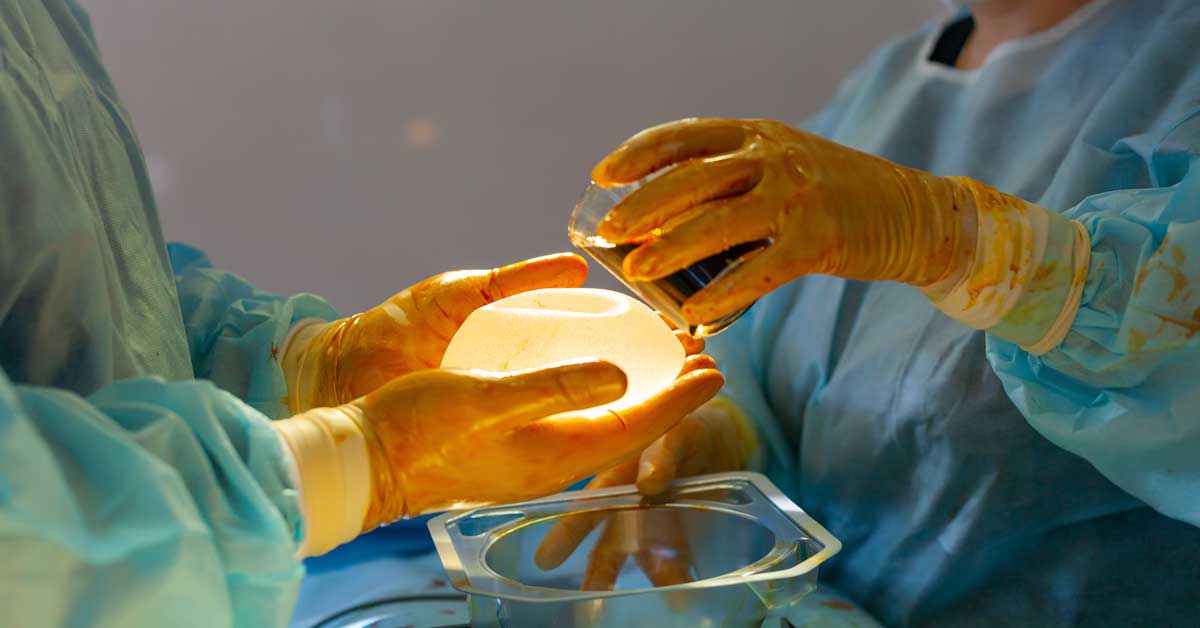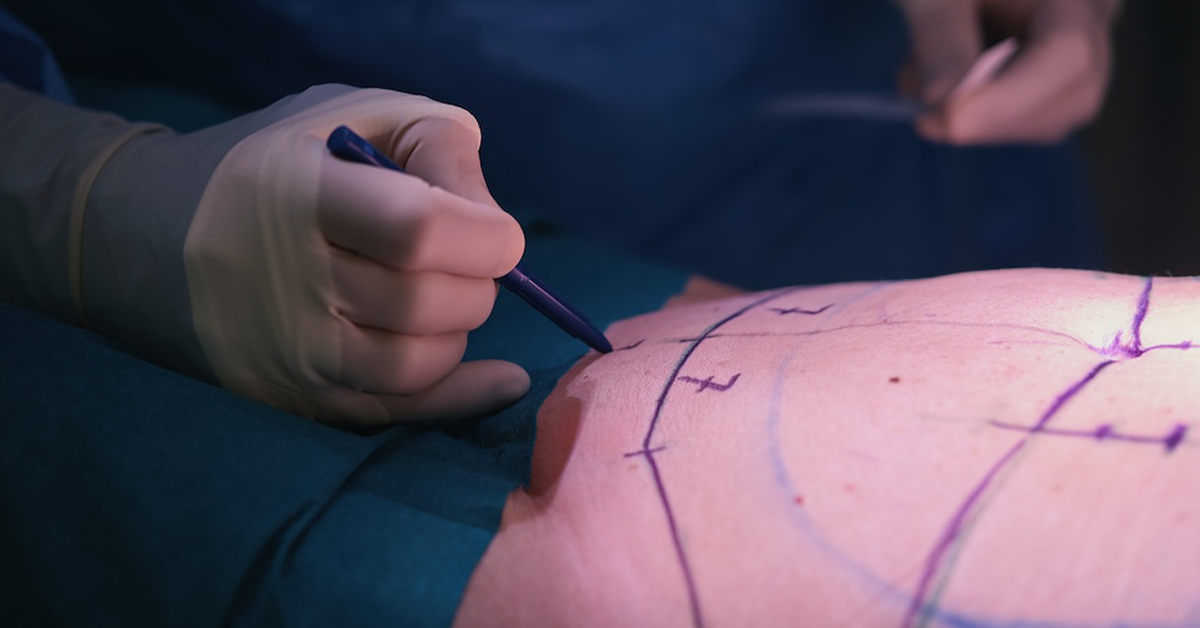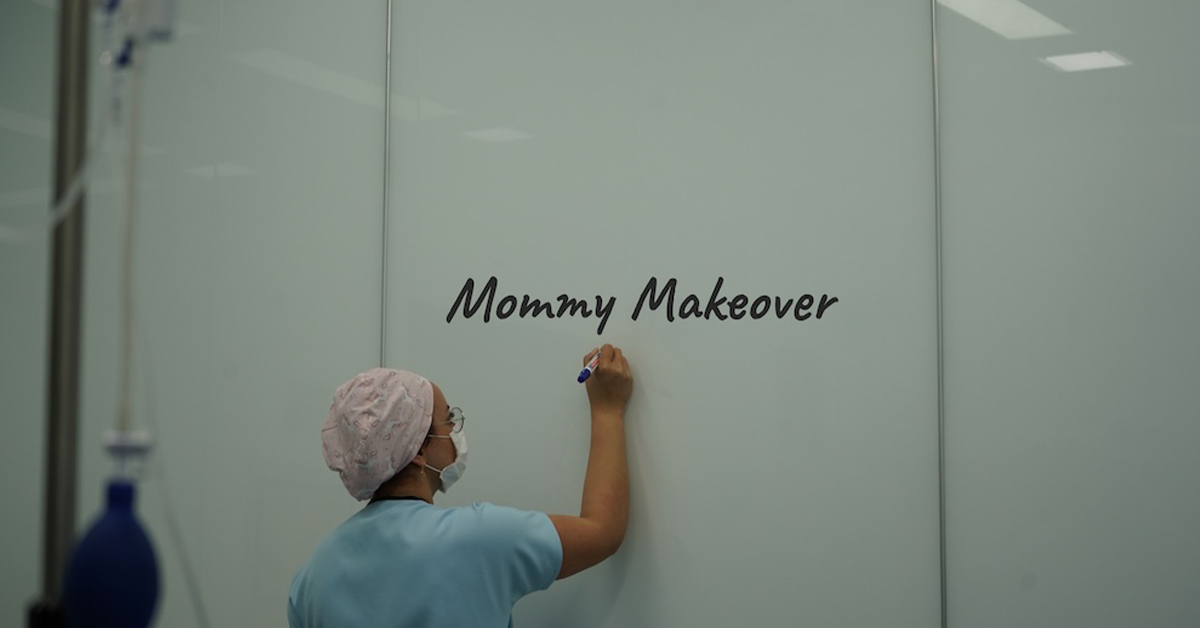Breast Implant Animation Deformity: What You Need to Know
Have you ever wondered why the shape of augmented or reconstructed breasts can change or become distorted during muscle contraction? What causes this phenomenon known as breast implant animation deformity (BAD)? And most importantly, how can it be prevented or treated?
This comprehensive guide delves into breast implant animation deformity, discussing its causes, risk factors, prevalence, impact on patient outcomes, diagnosis, treatment options, surgical considerations, patient perspectives, and the latest advances in research.
Whether contemplating breast augmentation or reconstruction, or simply seeking to expand your knowledge, you’ll find essential insights to understand and navigate the complexities of breast implant animation deformity.
Key Highlights
-
Breast implant animation deformity (BAD) causes changes or distortion in the shape of augmented or reconstructed breasts during muscle contraction.
-
The incidence and etiology of BAD are not fully understood, but certain surgical factors and techniques are associated with a higher risk.
-
Animation deformity is more prevalent and severe in breast reconstruction patients compared to cosmetic breast augmentation patients.
-
Diagnosis of animation deformity is mainly based on clinical assessment and patient complaints, with objective measurements used to assess severity.
-
Treatment options for animation deformity include repositioning implants, muscle-splitting techniques, selective nerve ablation, and Botox injections.
What Is an Animation Deformity?
Breast implant animation deformity, also known as dynamic distortion, occurs when breast implants move unnaturally when the chest muscles flex. This condition can be treated through corrective reconstruction procedures that involve addressing the movement of the implants in relation to muscle flexion.
Causes and Risk Factors of Animation Deformity
Causes
-
Submuscular implant placement: Animation deformity is more commonly seen in cases where the implants are placed under the pectoralis muscle.
-
Division of the pectoralis muscle during surgery: Surgical procedures that involve dividing the pectoralis muscle can increase the risk of animation deformity.
-
Use of acellular dermal matrix: The use of acellular dermal matrix, a material used to support the implant, has been associated with a higher risk of animation deformity.
On the other hand, patient-related factors such as age, body mass index, handedness, and athleticism do not seem to contribute to the development or severity of animation deformity.
Risk Factors
While no specific patient-related risk factors have been identified, certain surgical techniques and implant placements are associated with a higher incidence of BAD. The condition is more common in patients who have undergone submuscular implantation, as opposed to prepectoral (above the muscle) placement. Physically active patients who engage in activities that involve chest muscle contraction, such as weightlifting, may notice the deformity more prominently.
Prevalence and Impact of Animation Deformity
Animation deformity is a common concern among patients who have undergone breast reconstruction or augmentation procedures. Understanding the prevalence and impact of animation deformity is crucial for both patients and plastic surgeons in managing expectations and providing appropriate care.
Prevalence
Animation deformity is more prevalent and severe in breast reconstruction patients compared to cosmetic breast augmentation patients. In studies, it has been reported that up to 80% of breast reconstruction patients experience moderate to severe animation deformity, while the incidence is lower, with around 15% of breast augmentation patients experiencing the same.
Impact on Patient Outcomes
Animation deformity can have a significant impact on patient outcomes, both physically and emotionally. Patients who experience animation deformity may have muscle twitching, pain, and impaired shoulder function. This can limit their ability to perform certain activities and impact their overall quality of life.
Emotionally, animation deformity can cause distress and dissatisfaction with the aesthetic results of the surgery. The visible movement or distortion of the breast implant may lead to body image concerns and decreased self-confidence. Additionally, the prolonged recovery time associated with animation deformity can further impact the patient’s overall well-being.
“Animation deformity can have a negative impact on patient outcomes, causing emotional distress, muscle twitching, pain, impaired shoulder function, and a longer postoperative recovery time.”
Patient Perspectives and Educating about Alternatives
Understanding the impact of animation deformity on patient outcomes highlights the importance of education and communication between patients and their plastic surgeons. Many patients express a desire to be informed about alternative surgical options that may help prevent or minimize animation deformity.
“Patients undergoing breast reconstruction or augmentation should be educated about the risk of animation deformity and the available treatment options. Having open discussions with your plastic surgeon can help you make informed decisions and ensure realistic expectations regarding animation deformity and its outcomes.”
Being well-informed about animation deformity and its potential impact can empower patients to actively participate in their treatment journey. Plastic surgeons play a crucial role in guiding patients, addressing their concerns, and helping them make choices that align with their aesthetic goals and overall well-being.
Comparison of Animation Deformity in Breast Reconstruction and Augmentation
| Breast Reconstruction | Breast Augmentation | |
|---|---|---|
| Incidence of Animation Deformity | Up to 80% | Approximately 15% |
| Impact on Patient Outcomes | Higher prevalence and severity | Lower prevalence and severity |
| Challenges | Longer recovery time | Decreased self-confidence |
| Desire for Alternatives | Common request for more information on preventive options |
Diagnosis and Assessment of Animation Deformity
Diagnosing animation deformity is primarily based on clinical assessment and patient complaints. The condition is characterized by excessive movement of the breast implant or implants, which can be aggravated by certain activities such as weightlifting.
To assess the severity of animation deformity, objective measurements are used, including nipple displacement with pectoralis muscle contraction and the surface area of skin contour irregularity.
Grading systems have been developed to categorize animation deformity based on the degree of breast implant movement and distortion. These grading systems help plastic surgeons determine the appropriate treatment options and establish realistic expectations for patients undergoing animation deformity correction.
Let’s take a closer look at the diagnostic and assessment criteria for animation deformity:
Diagnostics:
-
Clinical assessment: Plastic surgeons evaluate the patient’s symptoms, observe the movement of the breast implants, and assess any associated pain or discomfort.
-
Patient complaints: Patients play a crucial role in diagnosing animation deformity by reporting their symptoms and concerns to their plastic surgeon. Their feedback helps guide the diagnostic process.
Assessment:
-
Nipple displacement: Plastic surgeons measure the distance that the nipple moves with pectoralis muscle contraction. This measurement provides valuable information about the extent of animation deformity and helps guide treatment decisions.
-
Surface area of skin contour irregularity: Plastic surgeons assess the surface area of the breast skin that shows irregularities or distortion during muscle contraction. This assessment helps quantify the impact of animation deformity on the overall breast appearance.
A comprehensive assessment of animation deformity allows plastic surgeons to determine the appropriate treatment options and provide patients with a clear understanding of the condition’s severity. By utilizing diagnostic tools and assessments, patients can receive the personalized care they need to address animation deformity effectively.
| Diagnosis and Assessment of Animation Deformity | Criteria |
|---|---|
| Diagnostics |
|
| Assessment |
|
Treatment Options for Animation Deformity
Animation deformity after breast implant surgery can have a significant impact on patient satisfaction and quality of life. Fortunately, there are various treatment options available to address this condition and improve patient outcomes.
Conversion to Prepectoral Implant Placement
One treatment option for animation deformity is converting the implant placement to a prepectoral position. This involves repositioning the implant above the pectoralis muscle, reducing the movement and distortion caused by muscle contraction.
Prepectoral implant placement is gaining wider acceptance as an alternative to submuscular placement and is known to minimize the risk of animation deformity.
Muscle-Splitting Techniques
Another approach to treating animation deformity is through muscle-splitting techniques. These techniques involve dividing the pectoralis muscle to create a space for the implant without muscle interference.
By separating the muscle from the implant, the movement and distortion caused by muscle contraction can be significantly reduced.
Selective Nerve Ablation
Selective nerve ablation is a targeted treatment option for animation deformity. It involves identifying and targeting the nerves associated with muscle contraction to reduce the extent of animation deformity. By selectively ablating these nerves, muscle contraction can be minimized, resulting in reduced movement and distortion of the breast implant.
Botox Injections
Botox injections can also be used as a temporary solution to address animation deformity. By injecting Botox into the pectoralis muscle, its ability to contract and cause movement of the implant can be temporarily paralyzed. This can provide relief from animation deformity while the effects of the Botox gradually wear off over time.
Overall, the choice of treatment option for animation deformity depends on the individual patient and the severity of the condition. Consulting with a qualified plastic surgeon is essential to determine the most suitable treatment approach and achieve optimal outcomes.
Choosing a Qualified Plastic Surgeon for Animation Deformity Correction
Correcting animation deformity requires the expertise of a qualified plastic surgeon who has experience in diagnosing and treating this condition. When considering surgery for animation deformity correction, it is important to research and select a plastic surgeon who is knowledgeable about the causes and treatment options for animation deformity.
A skilled surgeon can provide an accurate diagnosis, discuss the available treatment options, and help set realistic expectations for the outcomes of surgery.
Post-Operative Care and Follow-Up for Animation Deformity Correction
After undergoing animation deformity correction surgery, proper post-operative care is crucial for facilitating healing and minimizing complications. Here are some key aspects of post-operative care:
Pain Management
Following surgery, pain management will be essential to ensure your comfort during the recovery process. Your plastic surgeon will provide you with prescribed pain medications and instructions on their proper usage.
Wound Care
Taking proper care of your surgical incisions is vital for preventing infection and promoting optimal healing. Your plastic surgeon will guide you on how to clean the incisions, apply any necessary dressings or ointments, and monitor for any signs of infection.
Physical Activity Restrictions
To allow for proper healing and prevent complications, your plastic surgeon may instruct you to avoid certain physical activities for a specified period of time. It is important to adhere to these restrictions to ensure the best results.
In addition to post-operative care, follow-up appointments with your plastic surgeon will be scheduled to monitor your healing progress and assess the results of the surgery. During these appointments, any concerns or complications that may arise can be addressed, ensuring your continued satisfaction with the animation deformity correction.
Remember, following the post-operative care instructions provided by your plastic surgeon and attending all scheduled follow-up appointments is essential for achieving optimal outcomes and ensuring long-term satisfaction with the results of your animation deformity correction surgery.
| Benefits of Post-Operative Care and Follow-Up | Actions |
|---|---|
| Facilitates proper healing | Adhere to post-operative care instructions |
| Minimizes complications | Follow physical activity restrictions |
| Allows for early intervention in case of concerns or complications | Attend scheduled follow-up appointments |
Conclusion
Animation deformity is a common complication that can occur after breast implant surgery, particularly in patients undergoing breast reconstruction. It is characterized by changes in the shape of the augmented or reconstructed breast during muscle contraction. This condition can have a significant impact on patients’ quality of life and satisfaction with their aesthetic outcome.
Understanding the causes and risk factors of animation deformity is crucial for both patients and plastic surgeons. Factors such as submuscular implant placement and division of the pectoralis muscle during surgery have been found to increase the risk of animation deformity.
However, ongoing research and advancements in surgical techniques, such as prepectoral implant placement and muscle-splitting techniques, aim to minimize the occurrence of animation deformity and improve patient outcomes.
To achieve optimal results and minimize the risk of animation deformity, it is important for patients to select a qualified plastic surgeon who has experience in diagnosing and treating this condition. Following the post-operative care instructions provided by the surgeon is also essential for proper healing and long-term satisfaction with the animation deformity correction.
Frequently Asked Questions
BAD is a condition where breast implants move unnaturally during chest muscle contraction, leading to changes or distortion in the shape of augmented or reconstructed breasts.
Causes include submuscular implant placement, division of the pectoralis muscle during surgery, and the use of acellular dermal matrix. These factors can increase the risk of experiencing BAD.
While specific patient-related risk factors haven’t been identified, those undergoing submuscular implantation, especially physically active individuals, may have a higher incidence of BAD.
Diagnosis is mainly based on clinical assessment and patient complaints, with objective measurements such as nipple displacement and skin contour irregularity used to assess severity.
Treatments include repositioning implants to a prepectoral position, muscle-splitting techniques, selective nerve ablation, and Botox injections to reduce muscle movement.
Breast Implants in Miami, FL
The first step in getting a Breast augmentation is to schedule a consultation with us. If you are interested in learning more, call us now at (305) 406-9055 or schedule a consultation online Now.









